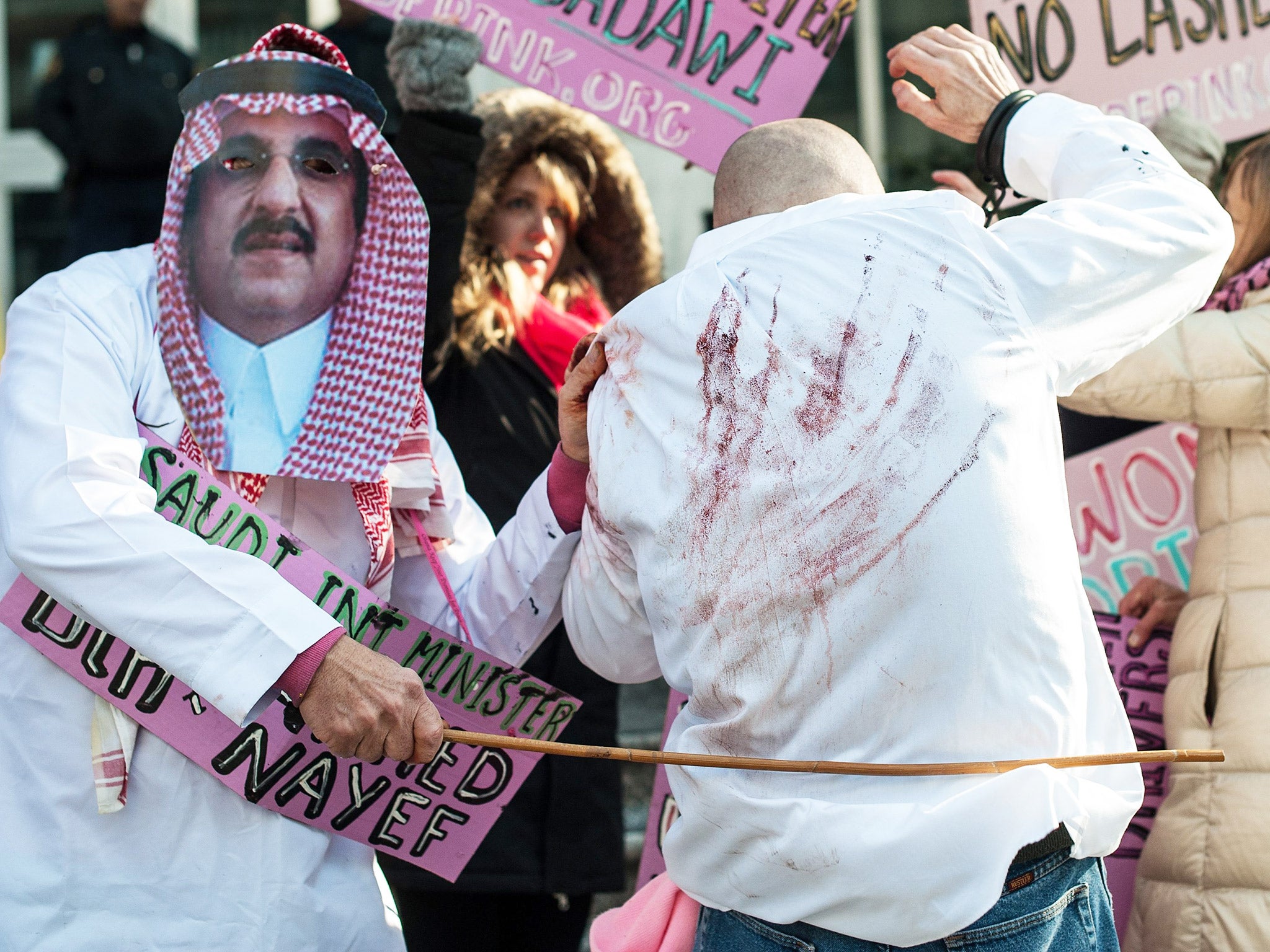Saudi Arabia: How the country treats the people it has sentenced to death
Prisoners sentenced to death can spend years kept in communal cells alongside other inmates

Saudi Arabia’s justice system is notoriously brutal and the country has one of the highest execution rates in the world.
According to research by Amnesty International, the conservative kingdom put at least 102 people to death in the first six months of 2015 alone. Adultery, armed robbery, apostasy, drug-related offences, rape, “witchcraft” and “sorcery” all carry the death penalty.
There is no “death row” in Saudi Arabia, with prisoners who have been sentenced to death kept in communal cells alongside other inmates. Some spend years in jail without knowing the date of their execution, before suddenly being informed 24 hours before it takes place.
According to Sevag Kechichian, Amnesty’s Saudi Arabia researcher, the decision on when to execute a prisoner is made “arbitrarily”, based on whether a local governor feels the death rate in their area should be increased, or as a deterrent if there has been a spike in a certain type of offence such as drug smuggling.
Prisoners awaiting execution are moved to solitary confinement and spend their last night alone. In 95 per cent of cases beheading is the preferred method, but some death sentences are also carried out by firing squad. The executions typically take place in the public square of a town or city, with security forces laying a plastic sheet on the ground before announcing what is about to take place and carrying out the beheading.
If the prisoner has been sentenced to death followed by crucifixion, the spectacle does not end here. “After the beheading, they put the head in a bag, tie it to the headless body and then pull the body up with a crane and suspend it at a high altitude,” Mr Kechichian said. “It could be there for hours…the logic is that it’s a deterrent for everybody passing by.”
Some wings of the country’s larger prisons have been newly renovated so they are clean and modern, while there is also evidence that “high profile” prisoners such as activists are treated relatively well, he added. Conditions in more remote, rural prisons are very difficult to monitor but can be “horrible”. For most ordinary Saudi Arabians, he said, prisons are “degrading” and guards have “complete impunity” to mistreat them however they like.
Join our commenting forum
Join thought-provoking conversations, follow other Independent readers and see their replies
Comments